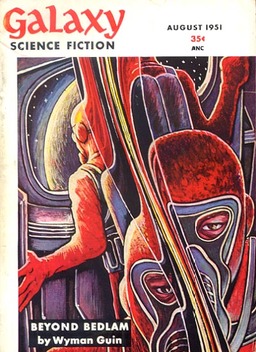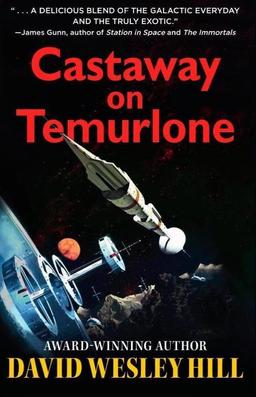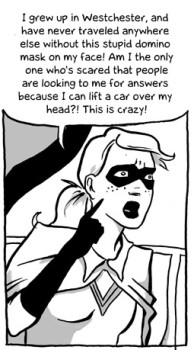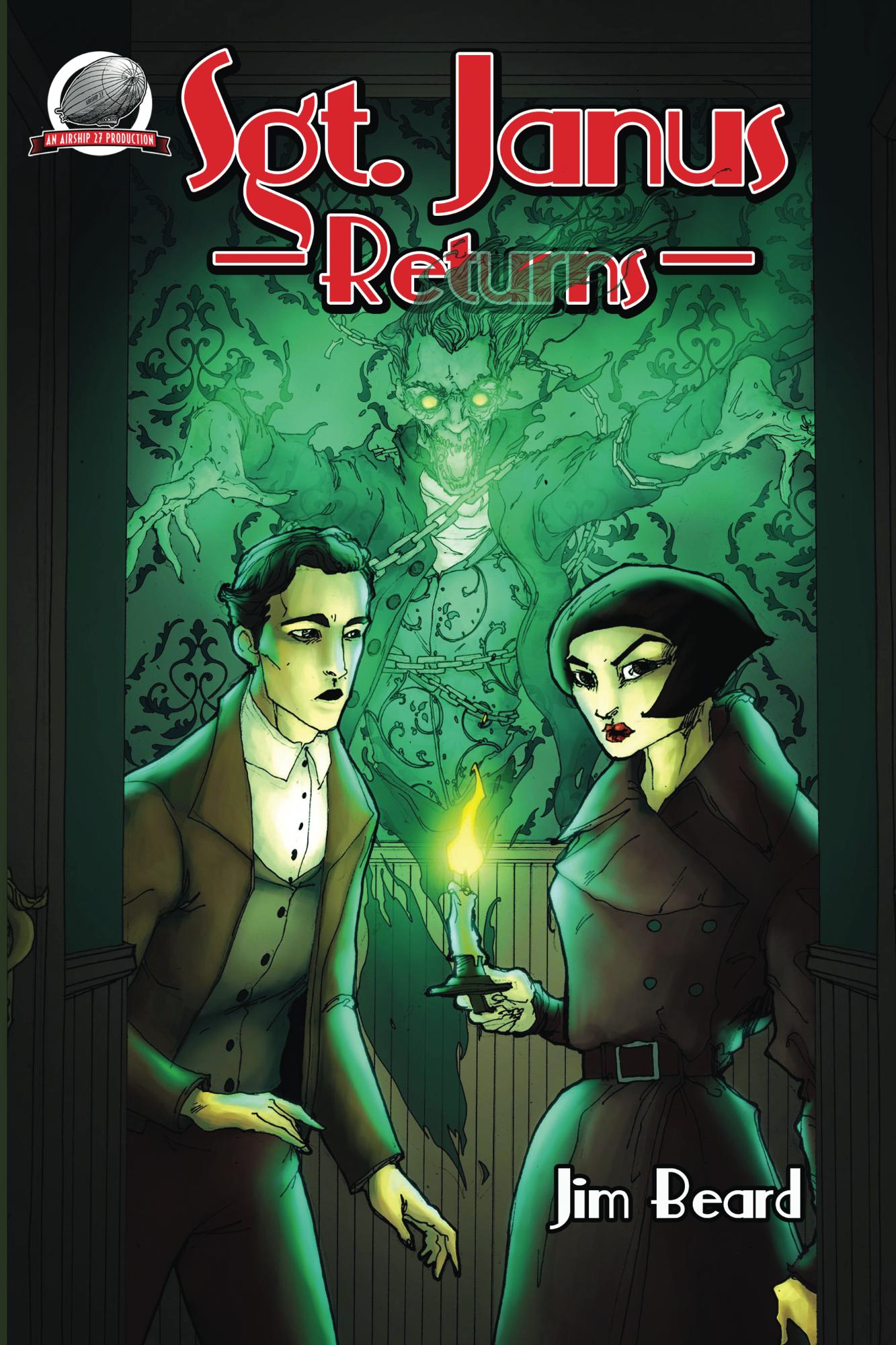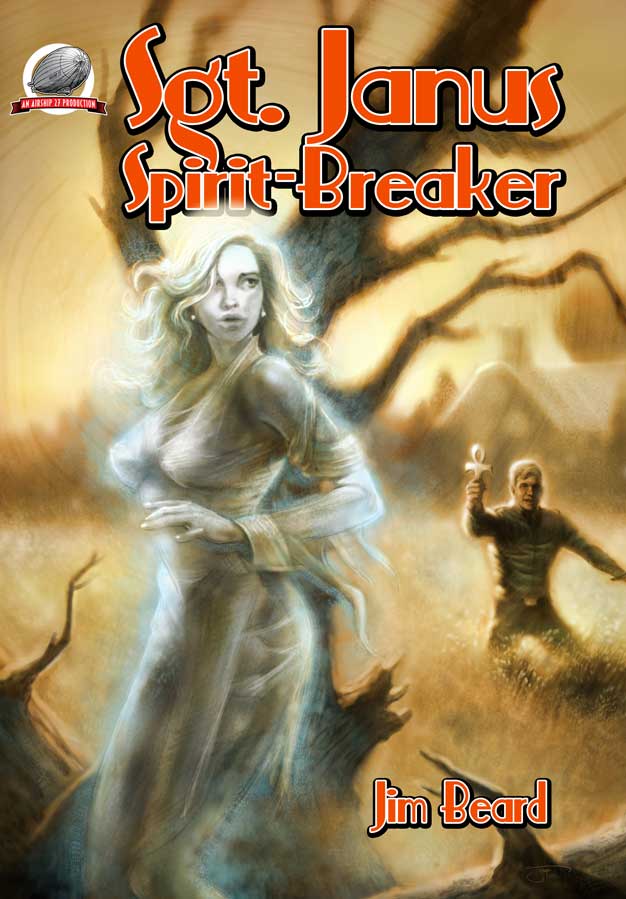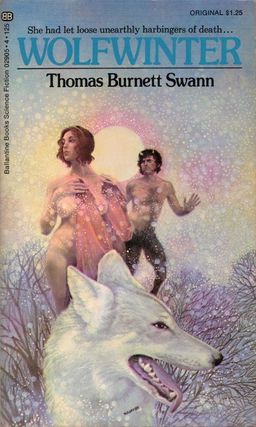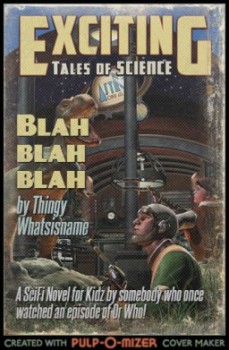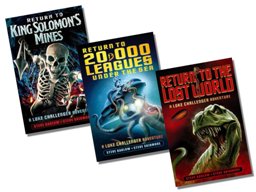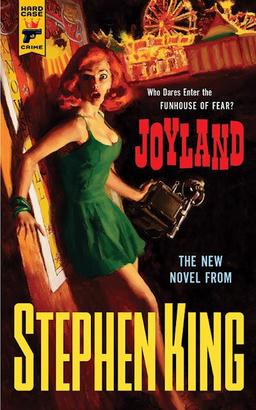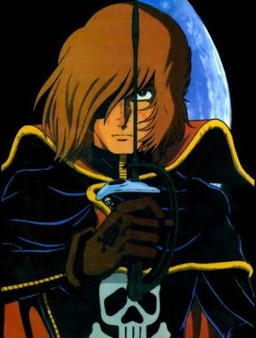Gygax Magazine #3 Now Available
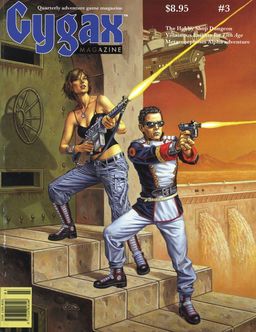 When the last game shop in town went out of business six years ago, I lost the ability to easily browse the latest new releases, and keep up with what’s going on in the industry. Sure, Games Plus in Mount Prospect– one of the finest game shops on the planet — is still in business and thriving, but it’s a good hour away, and I don’t get there more than two or three times a year (although I never miss their semi-annual auction).
When the last game shop in town went out of business six years ago, I lost the ability to easily browse the latest new releases, and keep up with what’s going on in the industry. Sure, Games Plus in Mount Prospect– one of the finest game shops on the planet — is still in business and thriving, but it’s a good hour away, and I don’t get there more than two or three times a year (although I never miss their semi-annual auction).
One of the things I miss the most is the magazine section. Nothing makes you feel your hobby is vibrant and alive quite like a healthy ecosystem of periodicals. I really enjoyed standing in front of the magazine rack and pulling out the latest issue of Knights of the Dinner Table, Kobold Quarterly, the excellent KnockSpell, Games Workshop’s White Dwarf, or Troll Lord’s The Crusader.
The loss of so many local game shops has really hurt gaming magazines — we lost Kobold Quarterly in 2012 and Mythmere has announced the future of Knockspell is in doubt. That’s one of the reasons I was so delighted to hear about the launch of the very promising Gygax Magazine last year.
I reviewed the first issue last March and I was very impressed. Issue #2 was released in time for Gen Con, and I’ve been anxiously awaiting the third issue for some time… and wondering how I was going to find a copy.
My wait finally ended last week, compliments of a Priority Mail package from our San Diego correspondent and ace blogger Scott Taylor — who late last year was hired as the new Art Director for the magazine. Inside was a beautiful copy of Gygax Magazine #3, the first issue with his name on the masthead.
